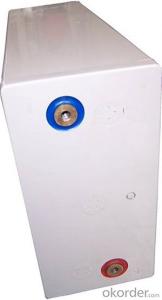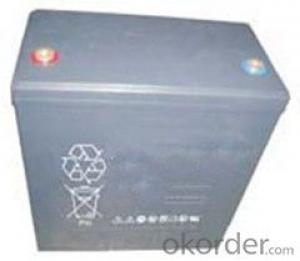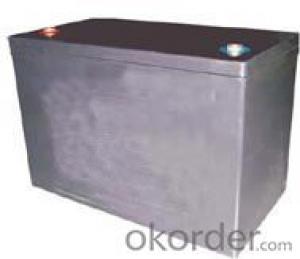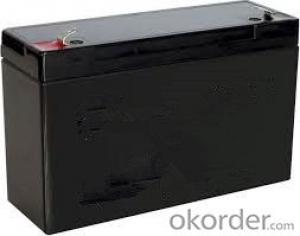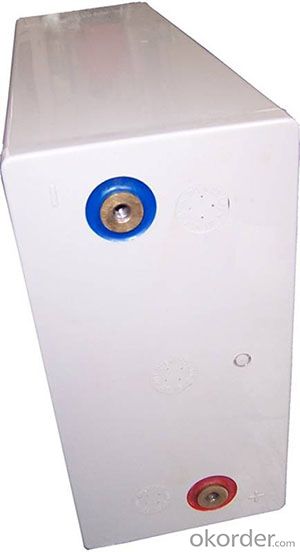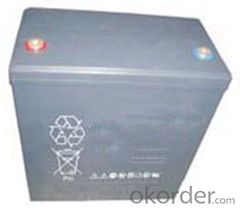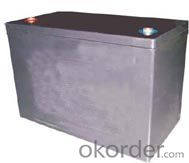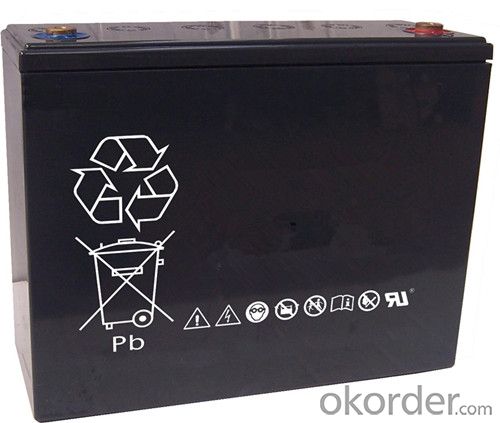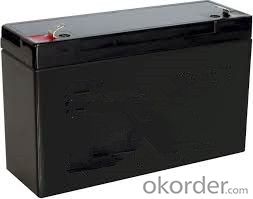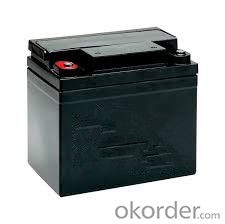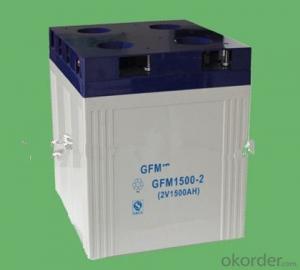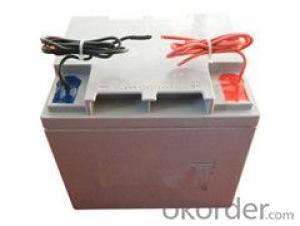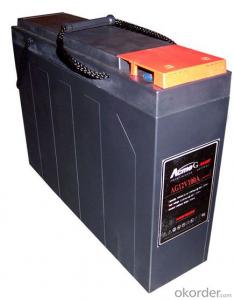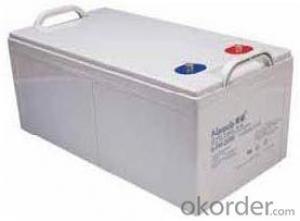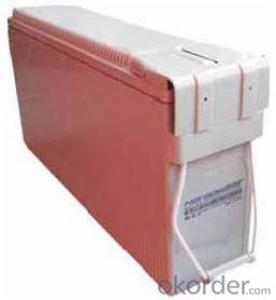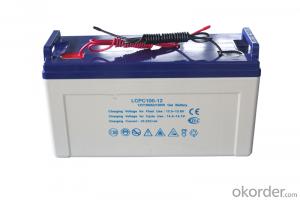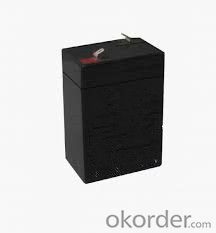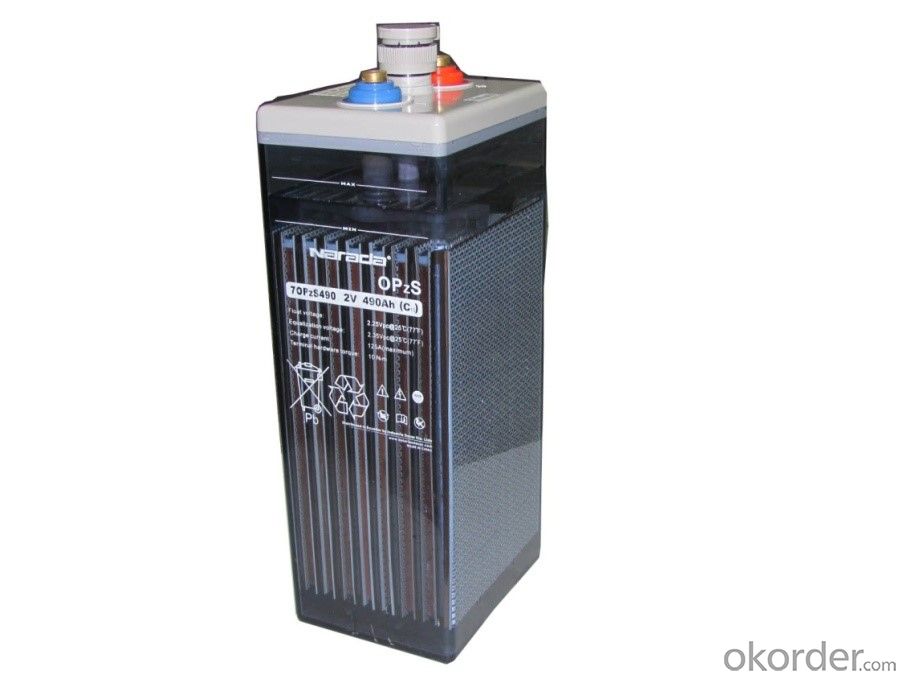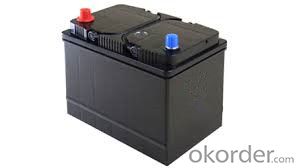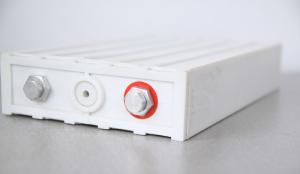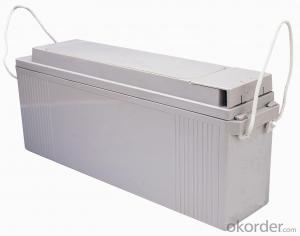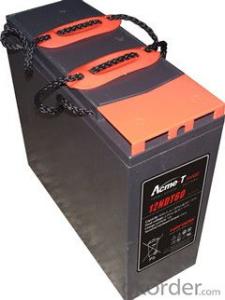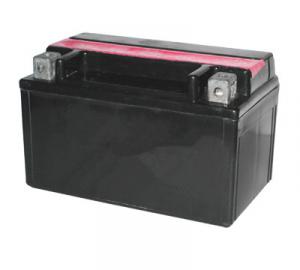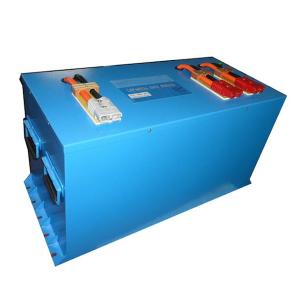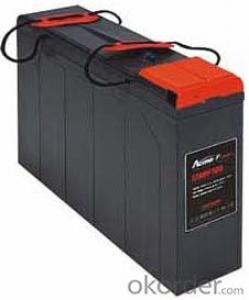Lead Acid Battery the OPzS Series 10OPzS1000
- Loading Port:
- Shanghai
- Payment Terms:
- TT OR LC
- Min Order Qty:
- 1000 unit
- Supply Capability:
- 5000000 unit/month
OKorder Service Pledge
OKorder Financial Service
You Might Also Like
Lead Acid Battery the OPzS Series Introduction
OPzS Series Lead Acid batteries are designed with a combination of die-casting Tubular positive framework and superfluous electrolyte technologies to offer a very high level of reliability and a long service life.
OPzS batteries used special filter and proof design to ensure no acid fog runs over and burning proof, and also convenient examine and maintenance.
The specification of OPzS series batteries make it ideal for a wide range of applications such as Telecommunications, Photovoltaic System, Security System, emergency lighting and UPS.
Type: | 10OPzS1000 | |
Voltage: | 2V | |
Nominal Capacity: | 1000Ah(C10) | 1000Ah(10 hours rate:) |
Length: | 233mm | |
Width: | 210mm | |
Height: | 646mm | |
Height with termial: | 646mm | |
Weight: | 58Kg |
Lead Acid Battery the OPzS Series Feature:
Low maintenance
Super long service life
Transparent containers, convenient to observe
Special filter installation for acid fog proof
High quality and high reliability
Special pole sealed technology
DIN40736-1 compliant
20 years float life at25oC
Lead Acid Battery the OPzS Series Compliant Standards :
IEC60896-11
Din standard
UL
Manufactured under system ISO9001(TUV) and ISO14001(DNV) by Narada
Lead Acid Battery the OPzS Series Battery Installation Compliant with:
EN 50272-2 or local equivalents
Lead Acid Battery the OPzS Series Main Application:
Telecommunications
Energy storage such as solar and wind system
Motive power applications
Railway and mining markets
Uninterruptible power supply (UPS)
Other floating and cycling applications
FAQ
![]() Is there a maximum temperature for charging lead acid batteries?
Is there a maximum temperature for charging lead acid batteries?
When charging lead acid batteries, the temperature should not exceed 120ĄăF. At this point the battery should be taken off charge and allowed to cool before resuming the charge process.
![]() Are lead acid batteries recyclable?
Are lead acid batteries recyclable?
Lead acid batteries are 100% recyclable. Lead is the most recycled metal in the world today. The plastic containers and covers of old batteries are neutralized, reground and used in the manufacture of new battery cases. The electrolyte can be processed for recycled waste water uses. In some cases, the electrolyte is cleaned and reprocessed and sold as battery grade electrolyte. In other instances, the sulfate content is removed as Ammonia Sulfate and used in fertilizers. The separators are often used as a fuel source for the recycling process.
![]() What is battery cycle life?
What is battery cycle life?
One cycle of a battery is a discharge from full charge to full discharge and a return to full charge again. The total number of cycles a battery can perform before failure is called its Cycle Life. Moat battery manufacturers will not discus the Cycle Life of their product. Many advertised Deep Cycle batteries have not been tested, or, which is the case with cranking batteries, were never designed for long Cycle Life .
- Q: How to repair the battery?
- Connect the positive and negative output of the repair instrument to the positive and negative pole of the battery, open the repair instrument, repair the battery. The first repair time should be no less than 48 hours.
- Q: What is the difference between a maintenance-free battery and a conventional battery?
- Lead-acid battery is composed of positive and negative plates, partitions, shell, electrolyte and wiring pile head and other components, the discharge of the chemical reaction is to rely on positive electrode active substances (lead dioxide and lead) and negative plate active substances (sponge Pure lead) in the electrolyte (dilute sulfuric acid solution) under the action, which plate grid, the traditional battery lead and antimony alloy manufacturing, maintenance-free battery is made of lead calcium alloy, the former with antimony, the latter with calcium, This is the fundamental difference between the two points.
- Q: What are the technical parameters of the battery?
- The main performance parameters of the battery are the following: model; voltage; battery capacity; battery type, such as lead-acid batteries, alkaline batteries, lithium batteries, solar cells, fuel cells.
- Q: What are the hazards of battery over discharge?
- Excessive discharge can seriously damage the battery's electrical performance and cycle life.
- Q: What battery does the van use?
- The battery is mainly composed of tube positive plate, negative plate, electrolyte, separator, battery compartment, battery cover, pole, injection liquid cover and so on. The electrode of the exhaust type battery is made of lead and lead oxide, and the electrolyte is an aqueous solution of sulfuric acid. The main advantage is the voltage stability, the price is cheap; the disadvantage is lower than the energy (that is, per kilogram of battery storage power), short life and routine maintenance frequently. Old ordinary battery life of about 2 years, and the need to regularly check the height of the electrolyte and add distilled water. However, with the development of science and technology, lead-acid battery life becomes longer and maintenance is also more simple.
- Q: What are the advantages of maintenance-free batteries?
- The advantage of a maintenance-free battery is that the service life is twice as long as the dry battery! And in the use of the process without maintenance! The voltage is also relatively stable.
- Q: How should the battery be well maintained?
- Voltage check the state of the battery standard voltage should be maintained between 12.2 ~ 12.7V. If the voltage is too low should be charged, the charge should be kept small charge for a long time. Battery charging need to use a professional charger, the owner will not try to charge their own, the owner can only keep the engine running on the battery can be charged. If the battery aging should be replaced.
- Q: What kind of battery is divided into?
- Maintenance-free battery due to its own structure on the advantages of electrolyte consumption is very small, in the life of the basic need not add distilled water. It also has a shock, high temperature, small size, self-discharge characteristics of the general life is generally ordinary Twice the battery. There are two kinds of maintenance-free batteries on the market.
- Q: Battery 200ah / 104 what does that mean?
- 2V battery capacity (from 200AH-3000AH have) long design, good stability, the price is also expensive; 12V battery capacity is generally the largest 250AH, design life as 2V, price economy, high current discharge better.
- Q: Lead-acid battery how to maintain?
- When receiving the battery should first check whether the phenomenon of short circuit, first short circuit repair and then fill the distilled water.
Send your message to us
Lead Acid Battery the OPzS Series 10OPzS1000
- Loading Port:
- Shanghai
- Payment Terms:
- TT OR LC
- Min Order Qty:
- 1000 unit
- Supply Capability:
- 5000000 unit/month
OKorder Service Pledge
OKorder Financial Service
Similar products
Hot products
Hot Searches
Related keywords
